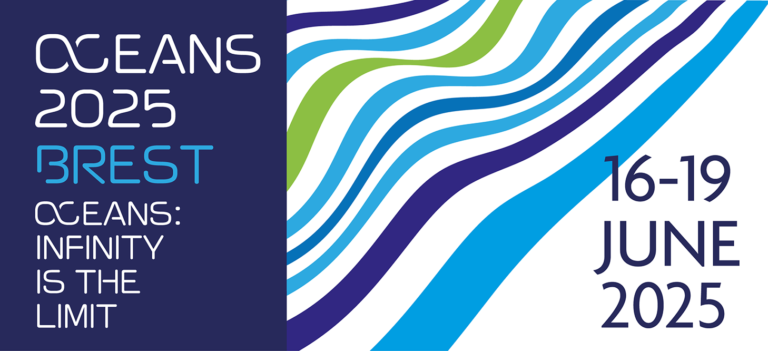

Comments: pdf
Ref.: OCEANS MTS/IEEE, Brest (France), June 2025
Abstract:
The TRIDENT project is a European initiative, aiming at monitoring the environmental impacts of deep-sea
exploration and exploitation activities, including ocean noise as a key parameter [1]. As part
of this project, a research cruise (TBS24) took place at the TROPIC Seamount in June 2024 on board
of the Mario Ruivo, a research vessel of the Portuguese institute IPMA.
This seamount is located between Canary Archipelago and Cabo Verde at an approximate depth of
1000 m in surrounding water depth of 4500 m. It is both a biodiversity hotspot and a site of interest
for mineral exploration due to its rare mineral-rich flanks [2]. During TBS24, a SeaExplorer glider [3]
was deployed for seven days, collecting acoustic, as well as non-acoustic data such as CTD, oxygen,
chlorophyll concentration, and turbidity, up to a depth of 1000 m across a 40 km radius path around the
seamount. This route follows a calibration strategy according to previous modelling efforts [4] and was
chosen regarding a location where an acoustic model of the soundscape zone is supposed to have a high
variability in the predictions of transmission loss.
The acoustic data, originally sampled at 192000 Hz, was down sampled to 12000 Hz keeping only the
frequency band where ship traffic noise, wind noise and deep-sea activities are present [5][6]. To evaluate
the ambient noise, power spectral densities (PSD) were calculated using the Welch's method. Then, to
obtain results only link with the depth, spectral probability distributions (SPD) of sound pressure level
(SPL) were calculated for three ocean layers, up-layer from the surface to 300 m, mid-layer from 300m
to 600 m and down-layer from 600 to 1000 m. Then, to match with the soundscape model output, 26
third-octave frequencies from 15 to 6000 Hz of SPL distributions across were selected.
Calculated sound speed profiles produced expected results, with a declining celerity correlated with
the thermocline 1(a). Some parts of the acoustic data, were contaminated by glider self-noise, that
corresponds to the surface, turning and phases. This noise contamination was avoided by removing the
first and last 30m of the glider route. SPD results show a decreasing median from 70 dB to 38 dB across
the frequency range, that is in line with the higher sound attenuation at higher frequency 1(b). Also, the
sound level distributions remained generally invariant with respect to depth 1(c) and time (not shown).
This stability is correlated with constant wind-speed and low ship traffic conditions observed during the
deployment period, as confirmed by the Copernicus Marine Services and an AIS data.

“©1992-2025 IEEE. Personal use of this material is permitted. However, permission to reprint/republish this material for advertising or promotional purposes or for creating new collective works for resale or redistribution to servers or lists, or to reuse any copyrighted component of this work in other works must be obtained from the IEEE.”